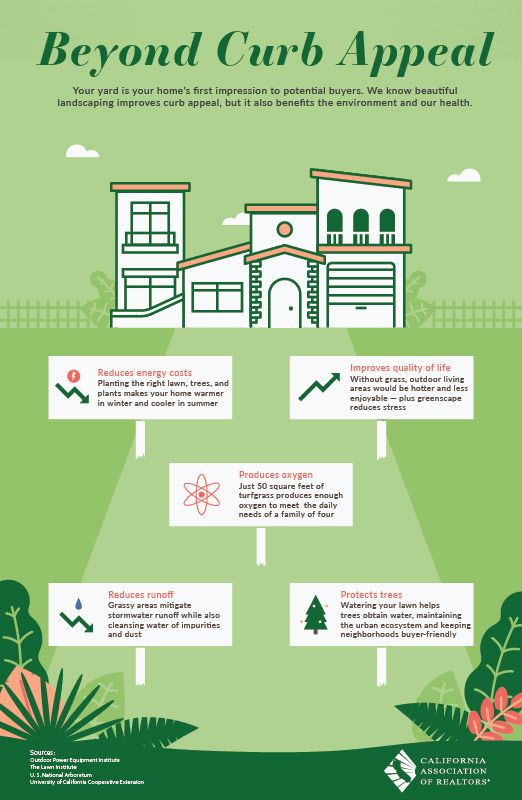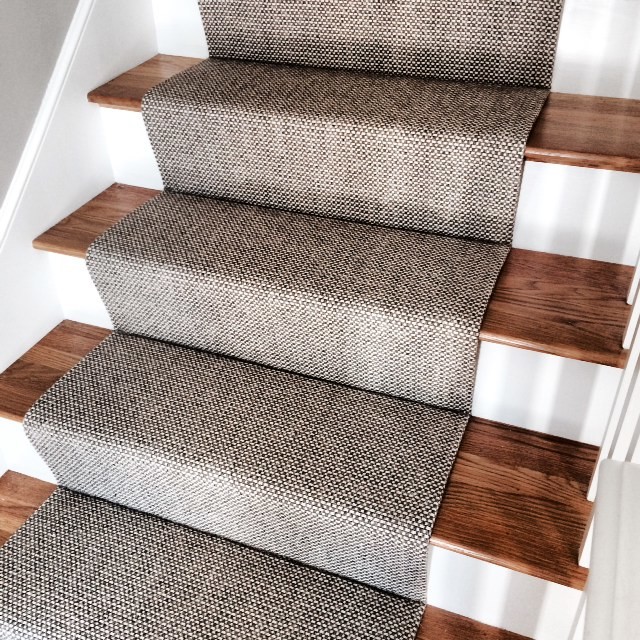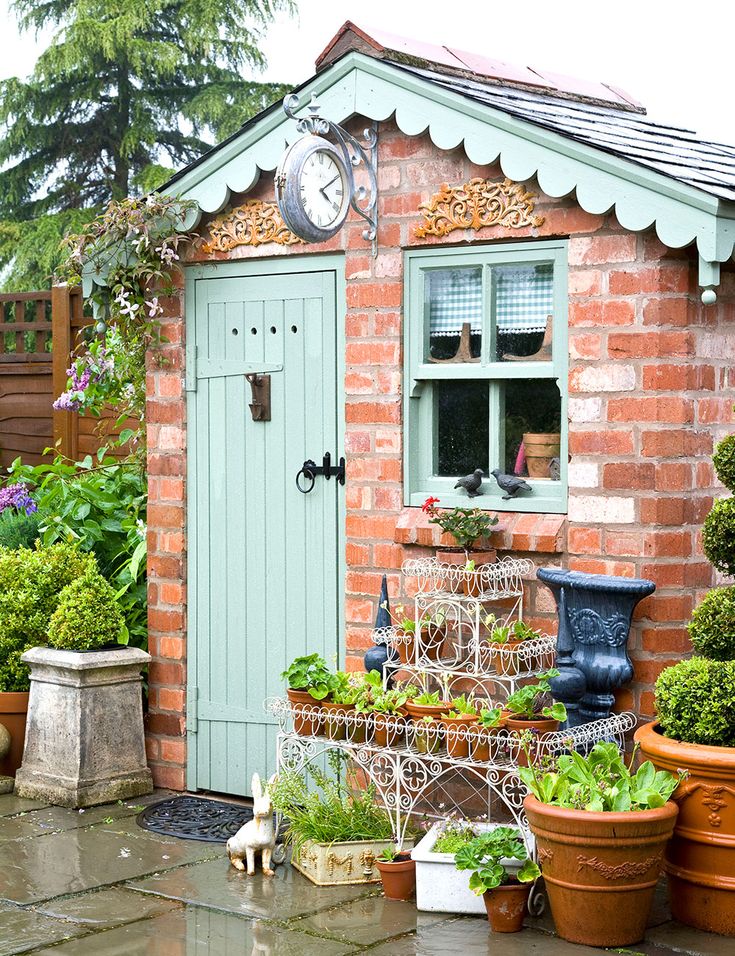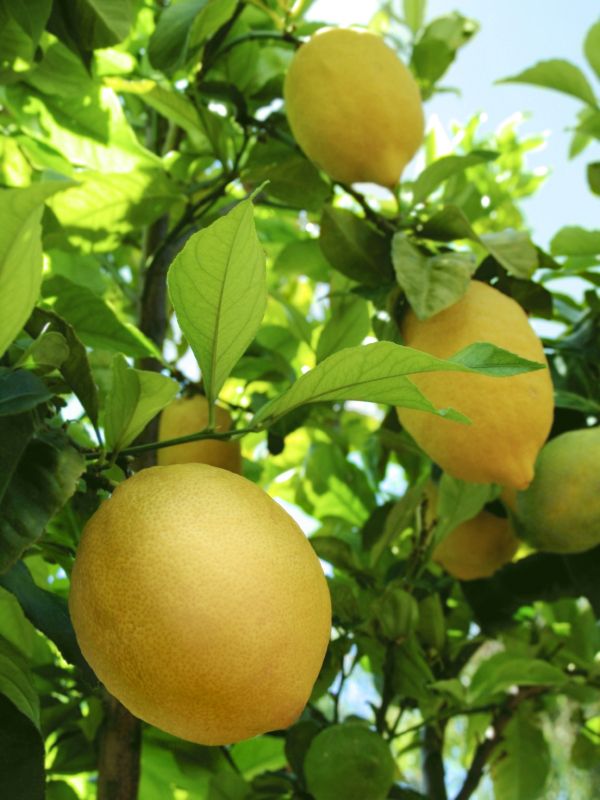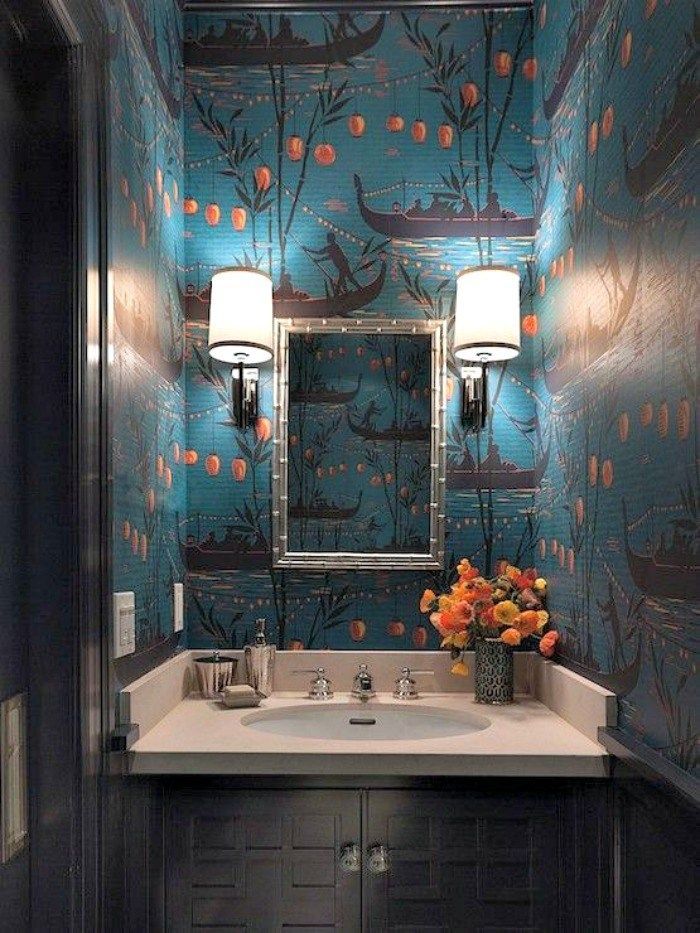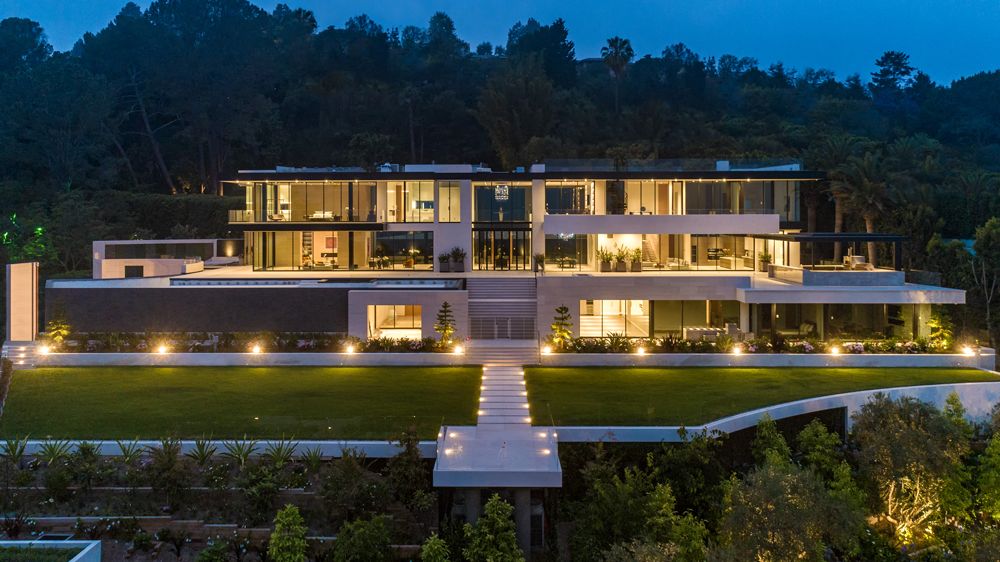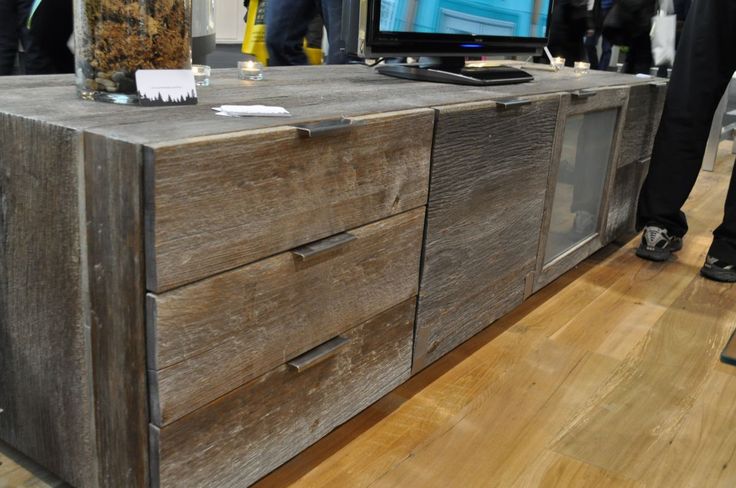How much does landscaping cost in california
What is the Average Landscaping Cost in California?
To be honest, this question, while a common one, is difficult to answer accurately.Everyone who undertakes a project and is looking to hire someone to do some or all of it, wants to know “How much will it cost?” And this is a legitimate question since costs like this are necessary for planning purposes, establishing a budget, and determining what can or can’t be done with the budget limits.
However, landscaping encompasses a wide range of tasks and project types.
Some landscaping work has a limited scope, such as installing a gazebo, installing sod, or removing a tree stump. Other projects can include design, planning, and renovating an entire outdoor space of a home or commercial property.
So, an understanding of how landscapers charge for their services is important.
How Landscapers Charge for Their Work
The cost of landscaping services depends first on the type of work being done. For example, as the website at HomeGuide notes,
“For small jobs such as lawn care or tree service, you can expect to pay $50 to $100 per hour. For larger jobs such as installation, prices range from $4 to $12 per square foot.”
Keep in mind that their figures are based on national averages and actual costs can vary significantly depending on location, among other things. And note that, depending on the nature of the work, pricing is either based per hour or per square foot.
HomeAdvisor offers a range of typical landscaping costs based on the amount of labor required, or $4-$6 per square foot for “basic services” to $10-$40 per square foot for what they term as “Full Tear Out and Remodel.” work.
A third site, Fixr.com, provides a range for landscape on a new construction that includes professional designs, new soil, grading, grass seed, plants, patio, and walkway. They list the cost range as
- Low $3,000
- Average Cost $14,000
- High $30,000
While all these averages and range of costs are certainly helpful, they are still only a rough guide for what to expect for any landscaping cost.
What Landscapers Charge and How They Charge
Landscaping, as we noted earlier, is a broad term that can comprise a vast range of projects. This mix also means a wide range of associated costs per square foot. Even one landscaping project may incorporate different cost factors that can alter any presumed “average cost per foot’ depending on what is required, added, changed, etc.
A typical project will mix materials and types of landscaping work across one property, which means that the overall cost per square foot is likely to be the sum of each element. For example, you may have new topsoil put down at a certain price per square foot, with new seed added at another price per square foot, and then fieldstone pavers that cost far more than the topsoil.
Let’s assume, too, that you are adding water features, stone structures, and various plants, as well. All these elements change the overall cost per square foot, which currently tends to be in the range of $5 to $20 a square foot, depending on the location and type of landscaping.

According to one source, the average cost that homeowners paid in Sonoma county for what it termed as a “curb installation“ was between $1,391.00 and $1,646.00 in 2020.
These costs include:
- $6.00 to $8.00 per linear foot material costs.
- Average labor costs to install landscape curbing.
- Average costs for materials and equipment for landscaping.
- All project costs (surface preparation, components, and machinery), and cleanup fees.
And Then There’s Landscape Design and Architecture… and More
One of the main elements behind a great looking landscape is the planning.
For many landscaping projects, elaborate landscape architecture isn’t always necessary. A landscaping professional can help you maximize your landscaping budget and provide expert help with your landscape planning. The cost of services from a landscape pro can range from $50 to $150 per hour.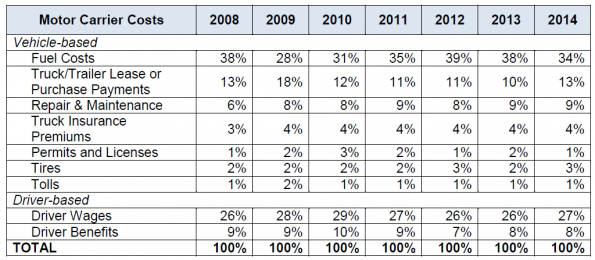
Landscape architects, on the other hand, can help create the most interesting and beautiful designs that stay within your budget.
According to the American Society of Landscape Architects,
“They will assess your property’s problem areas as well as possibilities and create a solid plan that addresses both the big picture and exact details of how your landscape will look. They will also help you select the perfect materials, styles, textures, and colors for your landscape project. A landscape architect will handle all the details, saving you time and stress.”
Landscape architect services typically run between $70 to $150 per hour.
While landscape architects typically work on larger or commercial projects, landscape designers usually work on residential and smaller projects. Note, too, that although they can help you decide on the placement of a water feature, or what types of plants to put in, not all landscape designers will help with the installation. Normally, landscape designers charge somewhere between $50 and $150 per hour.
Normally, landscape designers charge somewhere between $50 and $150 per hour.
Next Steps for Your Landscaping Project
If you’re looking to revitalize or completely change the landscaping at your home or place of business, don’t hesitate to contact us with any landscaping questions you may have.
We know that creating the best look for your outdoor space is important to you and we’re here to answer any questions you might have about getting started on your landscaping project.
Get ready to spend more time enjoying your outdoor space with family, friends, and visitors!
If you’re ready to begin, or you’d like to schedule a consultation about your garden or landscaping project, contact the professional landscape designers and plant installers at Northview Landscaping today.
How Much Does Landscaping Cost?
If your priority is creating an outdoor space you’ll love and that will boost curb appeal and home value, it’s all about investing your money in the right features—no matter your budget. That’s why it’s best for homeowners to begin landscaping plans by thinking about how they’ll actually use their yards.
That’s why it’s best for homeowners to begin landscaping plans by thinking about how they’ll actually use their yards.
Do you want to relax by the fire pit every evening? Do you want a large vegetable garden or flower bed? Should you include space for the kids or dog to run around? How much lawn do you need? Does a pool make sense for you? What structures or hardscapes are you happy with that can stay or be refurbished? These questions, plus others, will help you clarify exactly which elements are must-have items in your landscape design.
Typical Landscaping Cost for a Professionally-Designed Yard
The national average cost to build a landscape from our professional designs is $30,000, but that number depends entirely on what landscape features you include, the size of your yard, and what you plan to repurpose. Because of this, we regularly work with budgets from $15,000 to $150,000 or more.
Curious about the cost of an exterior home renovation? Read our post about exterior makeover costs.
Start my Project
This number is different from what a single, limited scope landscaping service or small project would cost—like say, lawn seeding, tree trimming, or leaf cleanup, which homeowners often diy. This is the full cost of a finished high-end landscape installation that typically encompasses an entire front, side, or backyard (or a complete full yard transformation)!
It’s not unusual for homeowners to phase the installation with their landscaping company. Landscape contractors installing complex designs from professional landscape architects or designers are often used to phasing (and charging in phases) for these types of landscaping projects that often exceed 20k to install.
At the outset of our design process, we ask you for your all-in budget for your project. Our design team will create your design with that number in mind to maximize your budget and create a landscape that is personalized to your needs. Our Build Team, composed of former landscape contractors with over 50 years of combined experience, will consult with you and your design team throughout the process to help ensure your design matches your budget as closely as possible.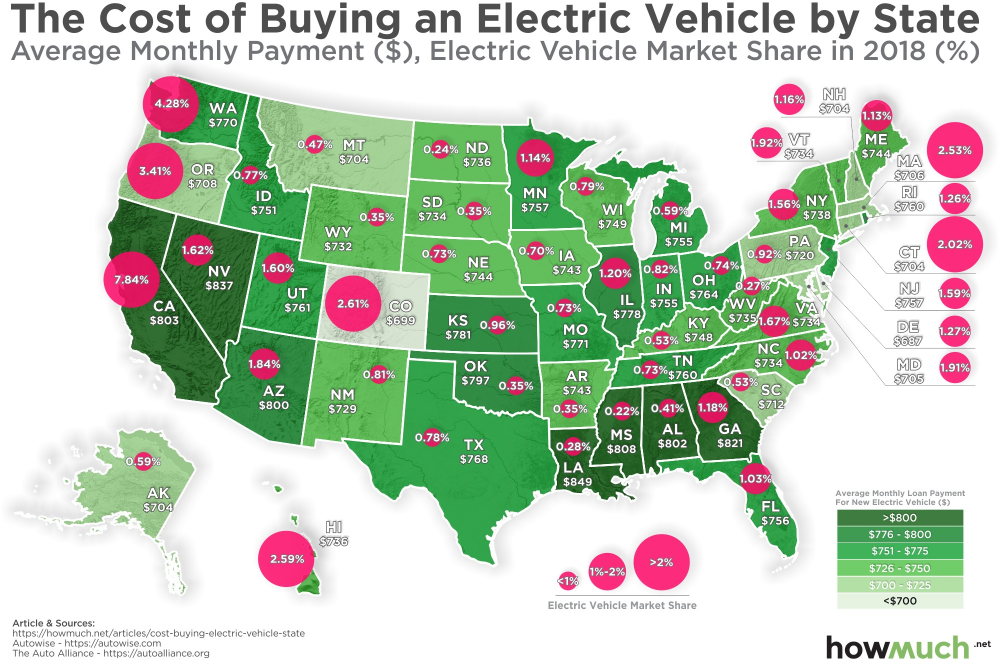
However, it’s important to keep in mind that there are variables that can impact what a contractor or landscaper charges or quotes you—like the materials and plant sizes you ultimately choose or what their labor costs are—that can bring down price or ratchet it up.
Below are the landscape elements that can significantly impact your cost to build, identified by Yardzen Design Director and Landscape Architect Kevin Lenhart.
How to Lower Your Landscaping Prices
Choose Permeable Hardscapes: Installing materials such as gravel, beach pebbles and decomposed granite can go a long way in covering open spaces in your landscape without breaking your budget. These materials can also be mixed with large, precast pavers where walkways or patios are desired. Another benefit of permeable hardscapes is that you can move them if needed to accommodate a new path, fountain or hot tub.
Be Strategic with Groundcover Plantings: Groundcovers—small ornamental grasses and low-growing perennials—cover a lot of square footage without the expense of buying lots of plants.
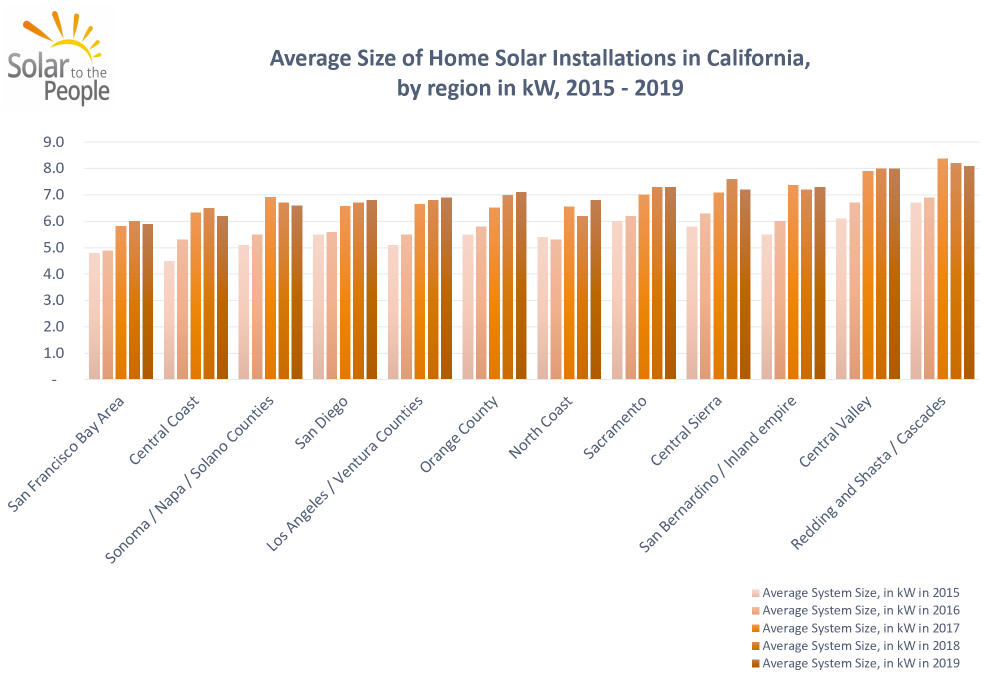 They provide a base layer of greenery, so your landscape will look lush quickly.
They provide a base layer of greenery, so your landscape will look lush quickly.Save What You Have: Often there are parts of an existing landscape that can be saved and remodeled. If you can use what you have and not build new, you’ll save time and money. Inventory your space and discuss it with your designers. If you have a structurally-sound patio cover, consider painting it rather than replacing it. Then add shade cloth to it or grow vines up the side. If you have existing concrete, consider staining it or having a decorative overlay installed.
Keep the Trees You Can: Large trees take years, even decades, to reach their mature size. If you have trees that can be preserved, keep them. Buying and planting large trees can be expensive.
Hardscape with Precast Pavers: Large precast pavers (also known as steppers) are often less expensive to install because they don’t require as much labor as pouring concrete or masonry work.
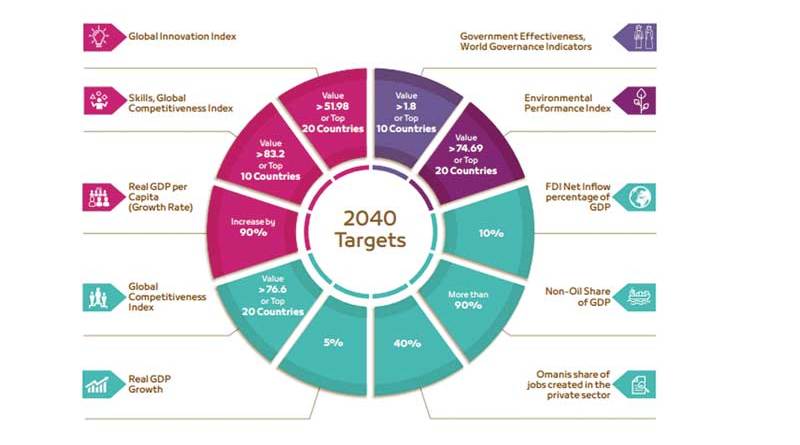 Another benefit is that these types of pavers also provide a sense of permanence. Gaps between pavers can be filled with gravel, beach pebbles, or groundcovers.
Another benefit is that these types of pavers also provide a sense of permanence. Gaps between pavers can be filled with gravel, beach pebbles, or groundcovers.Stick to Prefabricated Structures: Prefabricated patio covers, gazebos, pergolas, fences, fire pits, outdoor seating, barbecue islands and other elements are typically more cost effective than custom-built structures. Whenever possible, consider where in your landscape a precast structure could be used. This doesn’t mean you shouldn’t custom build elements in your landscape—it’s just important to be selective in order to save money.
Buy Smaller Plants and Prepare Your Soil Well: Softscape with smaller plants that are generally less expensive to buy, but with proper soil preparation and appropriate watering will grow in quickly. In many cases smaller plants (plugs and 1-gallon plants) in properly-prepared soil or mulch grow into the landscape faster than larger plants (5-gallon and 15-gallon).

Go with a Hot Tub Instead of a Pool: In-ground pools and spas can be costly. The material used to construct the pool can affect the final cost. A concrete pool that’s 15 feet by 30 feet can cost around $60,000 while the same sized fiberglass in-ground pool can cost closer to $50,000 and an in-ground vinyl pool closer to $40,000. Consider how much you’ll use your pool. If it makes sense for your family, then go for it. If you’re looking for an alternative, take a look at hot tubs, plunge pools, or Japanese soaking tubs made from cedar.
Reuse Old Materials: If you need to remove structures or hardscapes when remodeling your landscape, consider reusing materials such as concrete, wood, brick or large stones for example. Not only are these heavy materials expensive to remove and dispose of, but they can be turned into beautiful landscape elements: Wood can be turned into planters or a fence. Concrete can be turned into stepping stones or raised beds.
 Brick can be turned into a built-in barbecue or fire pit.
Brick can be turned into a built-in barbecue or fire pit.Purchase Furniture & Containers: Instead of installing built-in seating and planters, buy furnishings online. There’s an infinite selection of styles for nearly any budget. The furnishings you buy are also movable, so you have flexibility during parties or if you change the landscape in the future.
Consider Landscaping Maintenance Costs: Understand that beyond the cost of building your design, there will be long term costs, both monetary and your time, associated with maintaining a landscape. Use mulch, groundcover, and turf instead of new sod to avoid lawn care costs for watering, mowing, aerating, and fertilizing (unless you’re using no-mow sod)—or use native plants that require much less attention to thrive in your city. These maintenance items should be factored into the cost of landscaping. Also remember that low-maintenance yards can oftentimes be more eco-friendly, especially if your low-maintenance yard happens to apply xeriscaping or water-conservation principles.
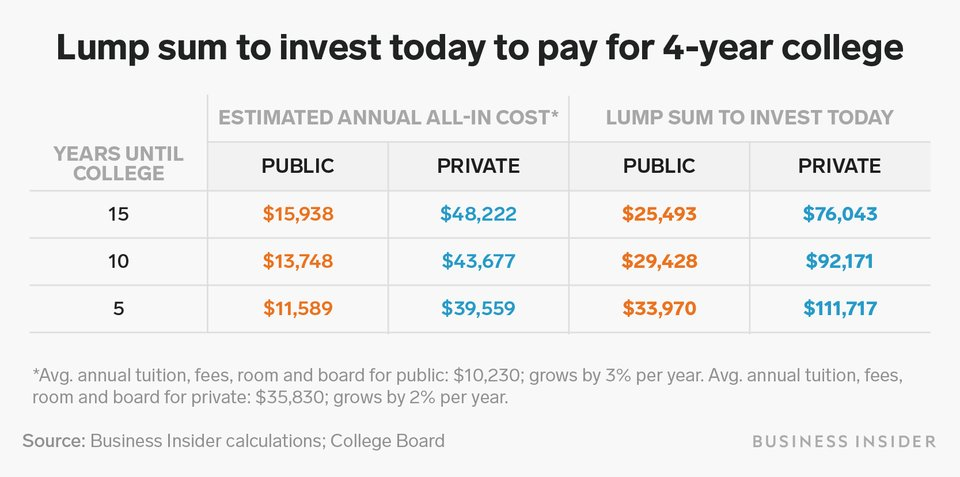
Cost of High-Impact Landscape Design Elements
The following elements will have the biggest impact on the final cost of building a landscape design. If you want to include any of these features in your landscape, discuss them with a designer in the initial design meeting to plan what features make the most sense for your family, landscape and budget. Below you’ll find a general cost range as well as the factors that affect the cost most.
Cost of Specimen Trees & Extensive Planting: $2,500 to $15,000. One specimen tree can cost hundreds or even thousands of dollars but can have a dramatic impact on the look of a new landscape—making it look mature from the beginning. Your plant budget will be affected most by the size of the plants you choose to install and how large your planting space is. Soil preparation and irrigation systems should also be considered by homeowners.
Solid Hardscaping Cost: $15 to $50 per square foot.
 The cost of concrete or stone patios, pool decks, landscape curbing, walkways or driveways depends largely on the finish of the concrete or the type of stone used.
The cost of concrete or stone patios, pool decks, landscape curbing, walkways or driveways depends largely on the finish of the concrete or the type of stone used.Deck Cost: $40 to $100 per square foot. The cost of building a deck can vary based on factors such as the slope of your property, the decking material you use, and how big your deck is. If you select a hardwood such as ipe or teak, the cost will be higher than a softwood such as cedar or redwood. Also, if the slope of your property is steep, then more engineering and shoring will be needed which can add to the overall cost.
Custom Patio Cover Cost: $5,000 to $20,000 price range. Steel patio covers typically cost the most, followed by natural hardwoods, aluminum, engineered wood and natural wood. Shade fabrics are often the least costly option.
Built-In Seating Cost: $3,000 to $15,000. Typically, concrete or stone built-ins will cost more than wood seating in your outdoor living space.

Retaining Wall Cost: $50 to $150 per square foot. Retaining walls are often key in landscaping sloped yards. There are a variety of materials options from interlocking concrete blocks to softwood (cedar or redwood) at the lower end of the cost range, to hardwood (ipe or teak), concrete, and stone at the higher end of the cost range. Access to the site, drainage, and the size of the wall can all affect the final cost.
Permanent Landscape Lighting Cost: $2,500 to $10,000. Homeowners that want to use their yard as a living space after dark often incorporate outdoor lighting to their designs. There are certain conditions such as the length of wire runs, the quality of fixtures, and when the wiring is installed that affect the final cost, too. Keep in mind that if your soil is frozen when the wiring is installed, more labor will be needed to trench for electrical lines—this can increase the final cost.
Built-in Gas Fire Pit Cost: $5,000 to $15,000.
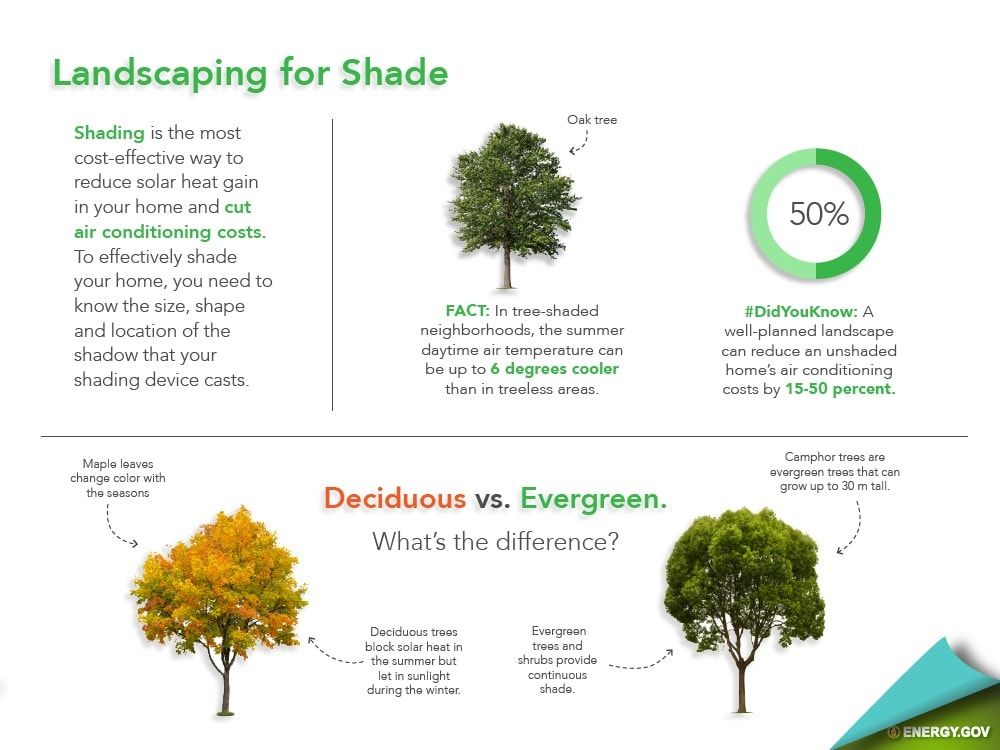 Running a gas line increases the cost of built-in fire pits. The materials chosen can also affect the overall cost. Precast pavers are less expensive than poured concrete and natural stone.
Running a gas line increases the cost of built-in fire pits. The materials chosen can also affect the overall cost. Precast pavers are less expensive than poured concrete and natural stone.Built-in Barbecue Cost: $10,000 to $30,000. The costs of built-in barbecues in outdoor kitchens can be affected by the length of the gas line as well as the choices of materials, type and number of grills and whether you decide to run plumbing and power to the unit.
Pool or Spa Cost: $40,000 to more than $100,000. Pool and spa costs can change dramatically based on the size of the pool, the materials, pool equipment, the amount and material of the decking, and the inclusion of other pool and water features (water fountains, lighting, Baja shelf, etc.).
Cost for Demolition of Structures & Hardscapes: $2,000 to $12,000. Basic removal of patio covers, plants, and hardscaping can be straightforward but it’s still a cost to factor in.
 On the other end of the spectrum if you have a driveway, large concrete patio, deck, or pool that needs to be removed, the cost can increase to well over $10,000.
On the other end of the spectrum if you have a driveway, large concrete patio, deck, or pool that needs to be removed, the cost can increase to well over $10,000.
Below you’ll see several landscape designs for our actual clients. Each one includes the budget for the estimated installed cost of the landscape as a general reference that should help provide context for you as you’re thinking about your project. It may also be helpful to check out our article comparing different landscaping budgets for the same yard.
$11,000 Landscaping Budget
A Front Yard in Orange County, California
This clean, contemporary front yard landscape design is a great, cost-effective approach. Cactus not your thing? No problem. This style looks great with many types of plants, like grasses, shrubs, or lavender. In this yard, we added a new, concrete walkway ($7,000), decomposed granite ($2,000), and plants ($2,000).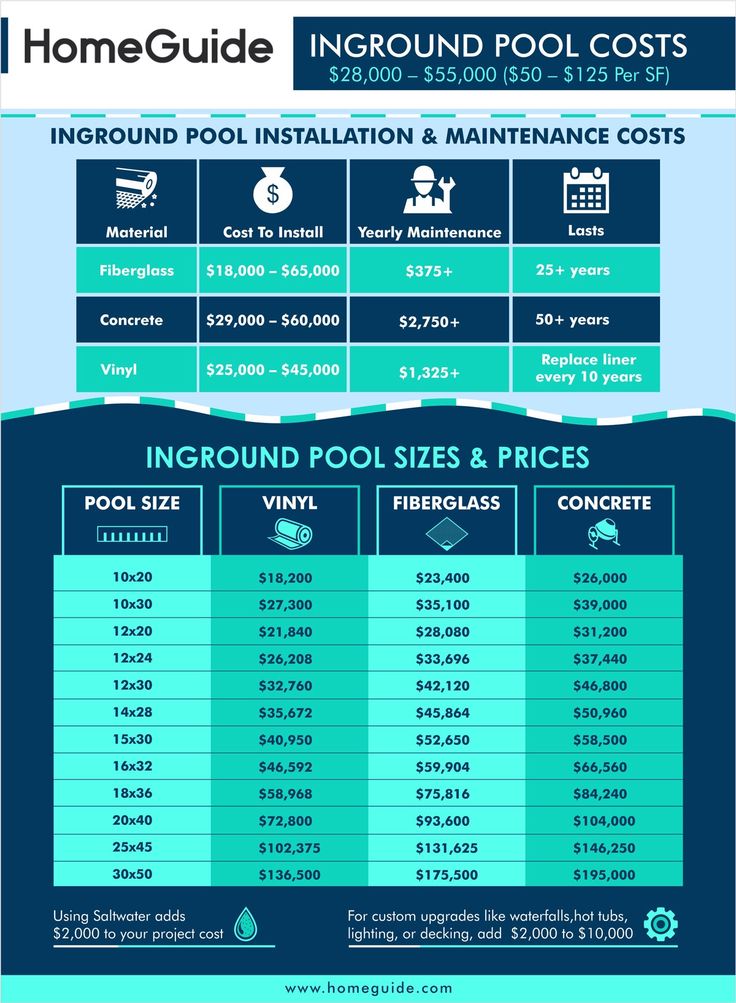
Start My Project
$19,000 Landscaping Budget
A Backyard in Seattle, Washington
This backyard design in Seattle, WA adds beauty and function to a backyard that already had a fence, a wood deck off the house, and several mature plants and trees. We added a concrete paver walkway ($7,000), decomposed granite ($4,000), an above-ground fire pit ($500), lawn ($3,000), raised beds ($1,500), and additional plants ($3,000).
$35,000 Landscaping Budget
A Backyard in Portland, Oregon
This Portland backyard makes beautiful use of hardscaping. The deck and mature trees are existing, but everything else in the design is new to the yard. Our designers added a concrete patio and walkways ($15,000), a prefabricated pergola ($5,000), pea gravel throughout the yard ($8,000), extensive new plantings ($5,000), and raised beds for edibles and perennials ($2,000).
$42,000 Landscaping Budget
A Backyard in Southern California
This Yardzen design in Southern California adds several new elements to the backyard landscaping, which already had the large, concrete landing at the backdoor.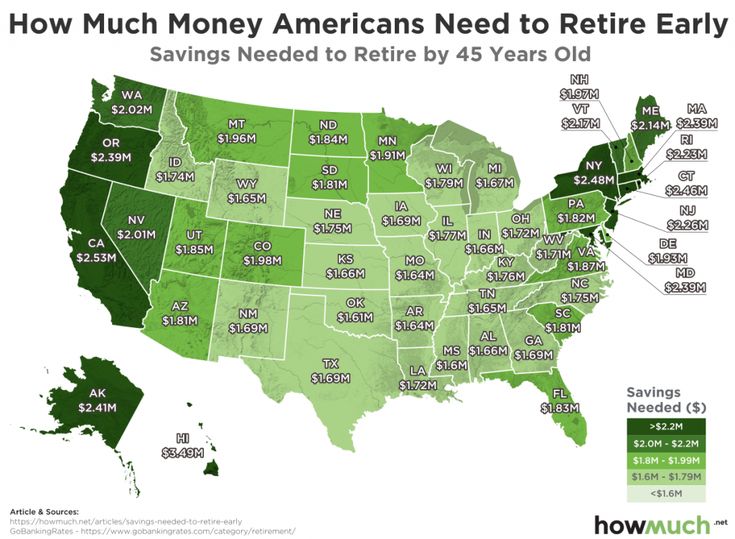 We added a small deck and shade structure ($20,000), several plants and a lawn ($10,000), irrigation and lighting ($7,000), and poured concrete pavers to extend the deck and walkways ($5,000).
We added a small deck and shade structure ($20,000), several plants and a lawn ($10,000), irrigation and lighting ($7,000), and poured concrete pavers to extend the deck and walkways ($5,000).
Start my project
$50,000 Landscaping Budget
A Backyard in Oakland, California
This backyard in Oakland, CA features lush plantings ($7,000) and permeable paving ($30,000) that covers much of the space in this backyard. An existing patio along with a wood patio cover are structures that will be preserved and refurbished. New board-formed concrete seating with a wood top and seat back next ($6,000) to a built-in fire pit ($7,000) are a central part of the design.
$65,000 Landscaping Budget
A Backyard in San Mateo, California
This design connects the home and garden through the use of a wrap-around deck. The deck, including a wire railing ($30,000) includes space for outdoor dining as well as a small bar-height counter. A new concrete patio below the steps in the backyard provides space for lounging ($7,000). The existing retaining wall will be updated and retrofitted ($15,000) with built-in seating and new plantings ($8,000). The low level includes a grass area for play, space for a small play structure, and a prefabricated fire pit ($5,000).
A new concrete patio below the steps in the backyard provides space for lounging ($7,000). The existing retaining wall will be updated and retrofitted ($15,000) with built-in seating and new plantings ($8,000). The low level includes a grass area for play, space for a small play structure, and a prefabricated fire pit ($5,000).
$90,000 Landscaping Budget
A Backyard in Dallas, Texas
This Southwestern yard in Dallas’ Highland Park neighborhood features elements perfect for the climate including a new pool ($45,000), lawn ($6,000), pergola ($6,000), a built-in fireplace ($8,000), refreshed hardscaping throughout ($18,000), and new plants ($7,000).
start my project
$100,000 Landscaping Budget
A Backyard in Castro Valley, California
This gorgeous property in Castro Valley, CA with a view already had a pool, but it needed to be repaired ($25,000). The design focuses on keeping the views open and using modern finishes to match the home. New concrete paving ($10,000), wood decking ($20,000), and wire and glass railings ($10,000) were added. An existing retaining wall will be refinished with new hardwood and fitted with stairs and built-in seating ($25,000).
New concrete paving ($10,000), wood decking ($20,000), and wire and glass railings ($10,000) were added. An existing retaining wall will be refinished with new hardwood and fitted with stairs and built-in seating ($25,000).
Designing to Your Landscaping Budget
At Yardzen, we discuss your budget at the start of the landscape design process to minimize surprises when it comes time to build. We want to make sure our design team can personalize your yard, delivering a vision that includes what’s most important for your outdoor life and unique environment—while keeping costs within range. We do this by utilizing our in-house Build Team made up of former contractors and our Pro Network of vetted professional landscapers across the country.
Ready to level up your home improvement with a professional landscape design? Create your design profile or explore our design packages today!
Landscaping in the USA | STUDYUSA
Landscape design in the USA
There are about 120 high schools in the USA that train architects.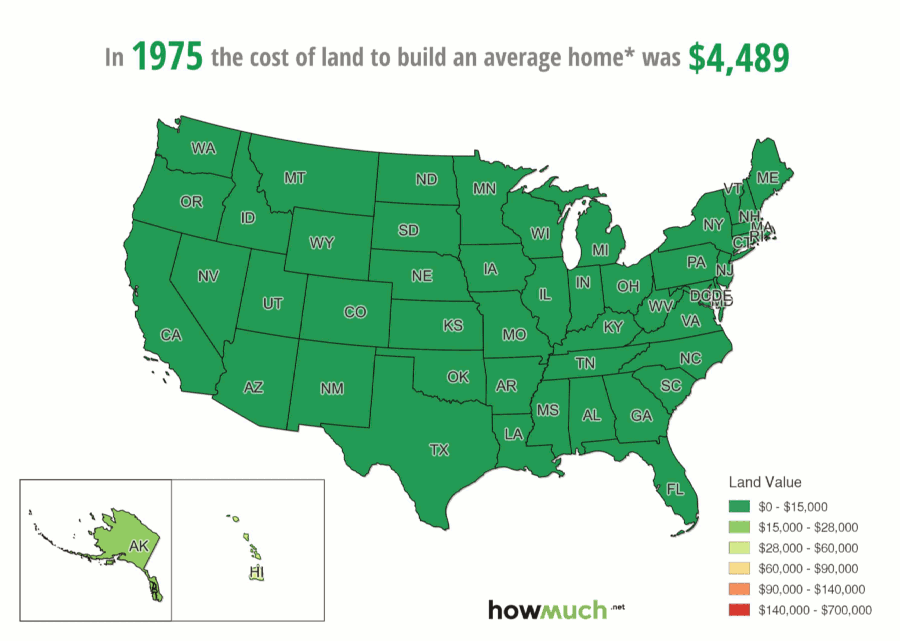 Every year in each of the universities, on average, 50 students receive a diploma in architecture? Including specialists in landscape design. Today this figure is one third higher than the 10-year figure as landscape designers are in increasing demand from the US
Every year in each of the universities, on average, 50 students receive a diploma in architecture? Including specialists in landscape design. Today this figure is one third higher than the 10-year figure as landscape designers are in increasing demand from the US
Curriculum
Curriculum content is overseen by the National Accreditation Council for Architecture, which is part of the State Department of Education. The accredited program includes general education disciplines standard for any university, specialized subjects and elective classes in architecture and landscape design.
Engineering classes form the basis of the program of architectural universities. A special place in the educational process is occupied by urban planning disciplines and landscape design. Green design and energy-saving technologies in construction and landscape design are gaining more and more popularity. The first milestone of education is the completion of a 4-year course with a bachelor's degree.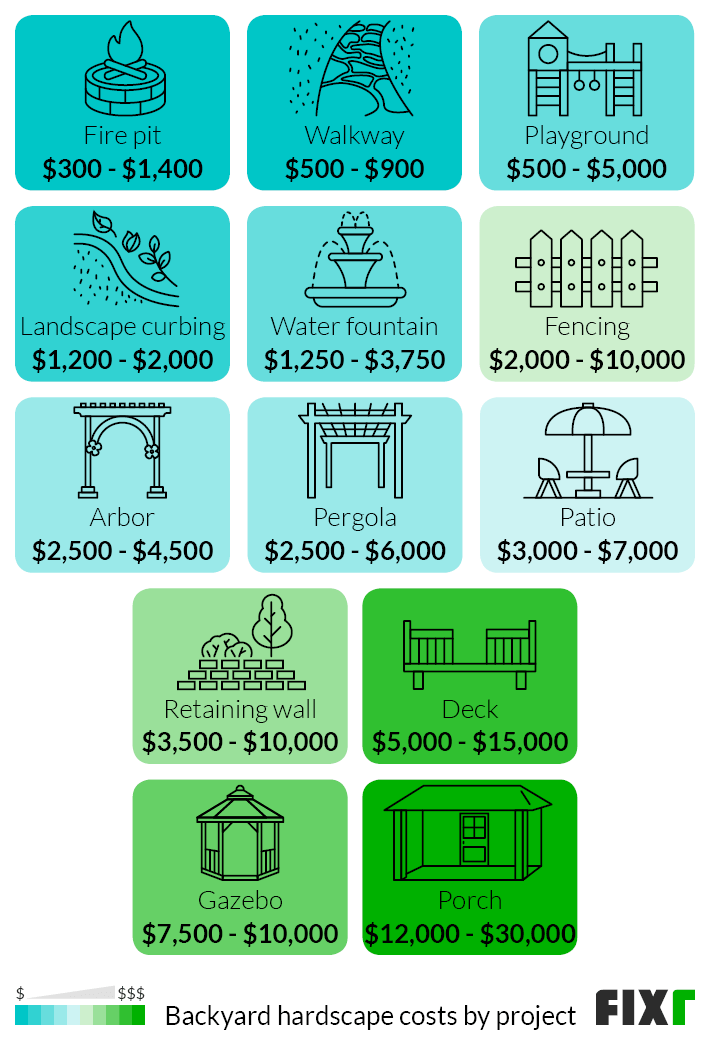 A minority of students who have the desire and opportunity to complete a full 5-year cycle become masters. A few remain within the walls of the university, studying in doctoral studies until obtaining a degree corresponding to our level of candidate of technical sciences.
A minority of students who have the desire and opportunity to complete a full 5-year cycle become masters. A few remain within the walls of the university, studying in doctoral studies until obtaining a degree corresponding to our level of candidate of technical sciences.
Cost
The cost of studying in the USA to become an architect and landscape designer is not as prohibitive as it is commonly believed. A number of community colleges offer landscape design programs at affordable prices. In accordance with official data, the amount of annual basic payments, which includes training and insurance, is from 10 thousand dollars. There is also the option of obtaining financial assistance, scholarships and interest-free installments.
The main goals pursued by students of architectural universities are the realization of themselves in the creative field and getting a decent stable income. Are these goals achievable, and how realistic is the employment of young architectural professionals in the United States?
According to recruitment bureaus, the average salary for an entry-level architect or landscape designer is $65,000 a year (which is also the average salary in the US). A third of this amount goes to pay taxes and fees. Renting a modest home costs about a thousand dollars a month, and if the housing is bought on credit, then the monthly payment to a commercial bank can be 1500-2000 thousand dollars.
A third of this amount goes to pay taxes and fees. Renting a modest home costs about a thousand dollars a month, and if the housing is bought on credit, then the monthly payment to a commercial bank can be 1500-2000 thousand dollars.
Specialist license
The right to conduct their own activities in the United States gives an architect's license. To be able to obtain it, a specialist must work for at least three years under the guidance of an experienced master, and then pass an exam, confirming his competence. The license to conduct architectural activities is issued by the National Registration Committee of the United States. At the stage of obtaining a license, some of the applicants are eliminated, which is due to high requirements. However, even without having their own license, a competent specialist can get a well-paid stable job in a design office or at a construction site. The total number of licensed landscape architects in the US is approaching 100,000.
In our company we will help you choose the best training program in landscape design and architecture, both from scratch and for experienced professionals who want to find a well-paid job in the United States.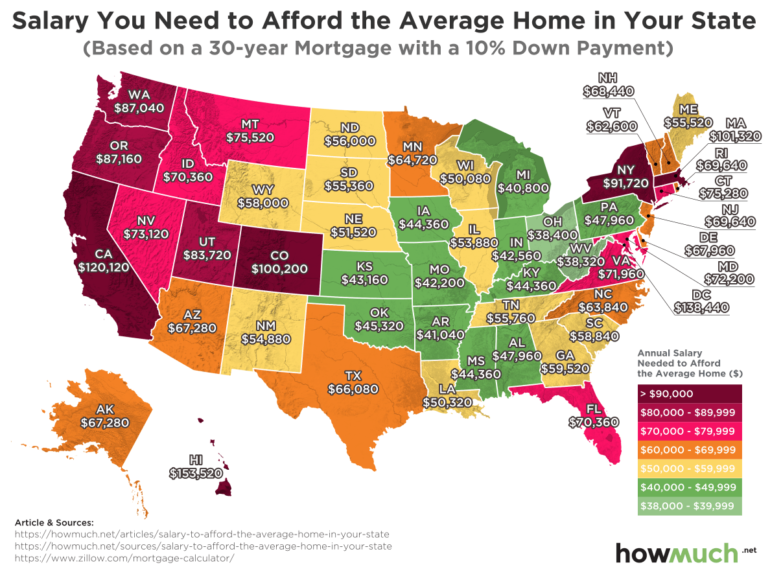
Learn More US Certificate Programs >>>
California Dreams | Landscaping. We are building a house. Articles about real estate, building and repair. SIBDOM
The United States of America is a country that has recently been increasingly debunking myths about itself. And the economy, as it turned out, is not the most stable, and the currency is not the most popular, and the great auto industry, judging by the latest photo reports from Detroit, is a thing of the past. Krasnoyarsk architect Olga Smirnova, who recently returned from another trip to the States, like Ilf and Petrov at 1930 x, debunks another enduring myth. The country of skyscrapers, glass and concrete, which the Russians used to think of in the United States, turns out to be a country of cozy low-rise cities full of greenery - even now, in the post-industrial era.
"The Very Very" San Francisco
Sprawled on 43 hills, San Francisco has gained fame as one of the most comfortable American cities.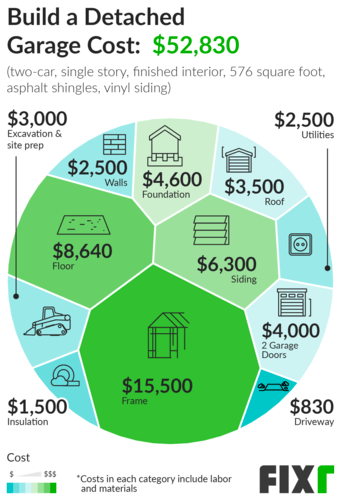 Why, you understand almost as soon as you get to its streets.
Why, you understand almost as soon as you get to its streets.
It is quite difficult to call it a metropolis either - the area of this city is only 49 square miles, that is, 127 square kilometers, that is, ten times smaller than New York and almost three times smaller than Krasnoyarsk. 800 thousand people permanently live in Frisco, as the Americans call it, due to which its population density is considered one of the highest in the States. At the same time, there is no fuss, crowds and other attributes of overpopulated cities.
Of course, it could not have done without purely American megalomania - in San Francisco there is a lot of what is referred to in guidebooks as the epithet "the most". His very fate is admired by historians and chroniclers - completely destroyed by an earthquake and fire on 1906, after 10 years it shone with new architectural facets, turning into the most beautiful city in America. However, back in 1806, the Extraordinary Ambassador of the Russian Sovereign, Nikolai Petrovich Rezanov, having disembarked at the port of San Francisco, called it "the best ridge of the Earth. " It was here that the same love story happened, which ended so sadly for Maria de la Concepcia de Argüello, the daughter of the local governor, and about which the artists of the rock opera "Juno and Avos" have been singing in Russia for many years. By the way, if we consider Krasnoyarsk also a city involved in this melodrama, or rather, its final point, we can say that there is some kind of romantic connection between San Francisco and the city on the Yenisei. Not enough for twinning, of course, but what the hell is not joking ...
" It was here that the same love story happened, which ended so sadly for Maria de la Concepcia de Argüello, the daughter of the local governor, and about which the artists of the rock opera "Juno and Avos" have been singing in Russia for many years. By the way, if we consider Krasnoyarsk also a city involved in this melodrama, or rather, its final point, we can say that there is some kind of romantic connection between San Francisco and the city on the Yenisei. Not enough for twinning, of course, but what the hell is not joking ...
There is also a lot of physical evidence of the "selfhood" of San Francisco. Here is the largest natural port in the world - all thanks to the unique location of the city, which is surrounded on three sides by the waters of the Pacific Ocean, the Golden Gate and the bay, called San Francisco Bay. Here is the world's longest suspension bridge Golden Gate (eng. - golden gate): 2.73 kilometers of the way along it at a height of 75 meters above the water daily overcome 100 thousand 500 cars! And thousands of citizens and visitors gather every evening to admire its orange-red glow in the rays of the setting sun. Near the bridge is another Golden Gate, the largest artificial park in the west of America. Not far away, in the strait, is the most famous island prison Alcatraz, where the most dangerous and at the same time respected gangster Al Capone was serving his sentence. According to a well-established legend, in the entire history of this penitentiary institution, not even a rat escaped from here!
Near the bridge is another Golden Gate, the largest artificial park in the west of America. Not far away, in the strait, is the most famous island prison Alcatraz, where the most dangerous and at the same time respected gangster Al Capone was serving his sentence. According to a well-established legend, in the entire history of this penitentiary institution, not even a rat escaped from here!
Here is the most unexpected weather, especially for hot California. Mark Twain, whom city dwellers love to quote, once said: "The coldest winter of my life is a summer in San Francisco." The temperature difference during the year is some 15 degrees, in winter it is never colder than +10, in summer - hotter than +25. Therefore, the most popular souvenirs in San Francisco are warm sweaters with the emblem of the city, which disperse among tourists in shorts and T-shirts, huddled in the cold, with a bang. The reason for this is the breath of the ocean and the bay, as well as the cold California Current, which refreshes the coastal waters. Thanks to this triumvirate, a dense fog hangs over the city every morning, which has become a kind of attraction: both skyscrapers and bridges are drowning in its veil. The most daring visitors even compare Frisco with London. And not only because of the weather - the architecture also contributes to this.
Thanks to this triumvirate, a dense fog hangs over the city every morning, which has become a kind of attraction: both skyscrapers and bridges are drowning in its veil. The most daring visitors even compare Frisco with London. And not only because of the weather - the architecture also contributes to this.
New Babylon and its inhabitants
The first thing visitors from different countries look for in San Francisco is, of course, skyscrapers - a symbol of modern America. And they are found almost immediately - a view of the majestic high-rise buildings meets everyone who enters the city from the side of the bay. True, the San Franciscan skyscrapers in New York are not a match, the height record here is limited to only 260 meters. This is exactly the "growth" of the famous Transamerica Corporation pyramid, which has 48 floors and 3678 windows. It competes with the Bank of America building and the Golden Gateway residential complex, which are slightly lower.
It is not allowed to build higher, first of all, seismic conditions - the city has twice experienced devastating earthquakes.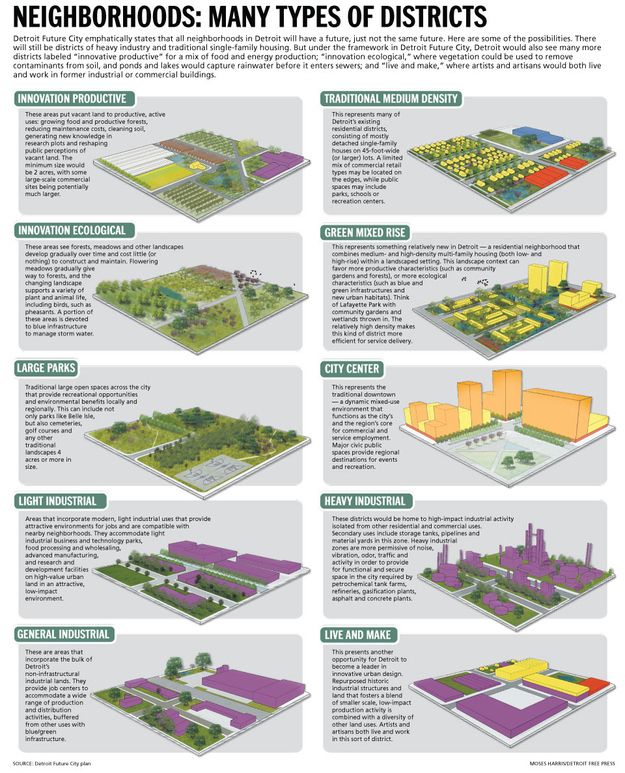 Because of this, a special design of "skyscrapers" was developed - based on folding frames, so that in which case the building would not shatter into pieces in different directions, but would form "in an accordion".
Because of this, a special design of "skyscrapers" was developed - based on folding frames, so that in which case the building would not shatter into pieces in different directions, but would form "in an accordion".
And secondly, in the city there is a whole movement against high-rise buildings. The fact is that after the disaster of 1906, when at first almost all of Frisco went under water, and then the remains burned to the ground, the architects decided to design a completely new look for San Francisco. European capitals, in particular, Paris and London, were taken as role models. And this immediately catches the eye of travelers who have been to other cities and metropolitan areas of the United States more than once.
“Most of all, I was impressed by the fact that absolutely all the streets, all the prospects along which the gaze glides into the distance, end in water: the ocean, the strait or the bay,” says architect Olga Smirnova. parallel perpendicular, the spirit here is completely European.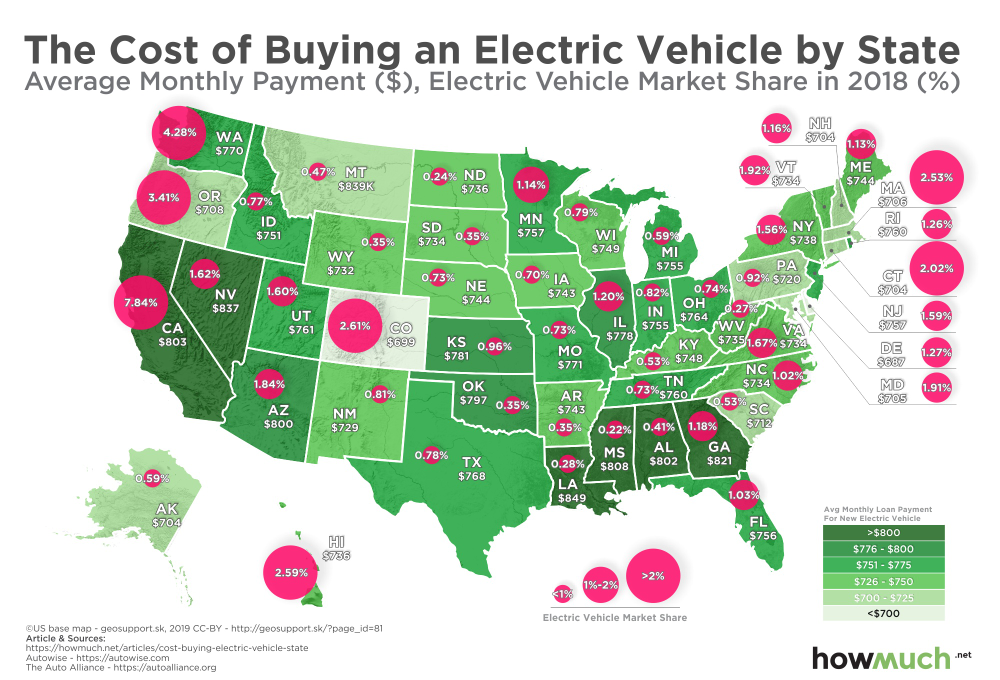 The people who restored San Francisco were impressed by the Victorian style, the buildings of the Renaissance, neoclassicism. Of course, the local architecture cannot repeat the beauty of, say, London - there's nothing to be done, they don't have such history, such a centuries-old culture. But from an aesthetic point of view, everything is done superbly."
The people who restored San Francisco were impressed by the Victorian style, the buildings of the Renaissance, neoclassicism. Of course, the local architecture cannot repeat the beauty of, say, London - there's nothing to be done, they don't have such history, such a centuries-old culture. But from an aesthetic point of view, everything is done superbly."
Thanks to this, Frisco quickly won the love of both the Americans themselves and guests from old Europe and was recognized as the most beautiful city in the States. However, progress does not stand still, and in the 1970s, "vertical races" also began here. The construction of glass-and-concrete colossuses among cozy low-rise neighborhoods caused a violent protest among the indigenous population, which was dubbed the "anti-manhattanization movement." The strength of the opposition was so great that the mayor's office had to make concessions and impose restrictions on the height of buildings in the city. But in recent years, officials have been saying all the time that this standard will be changed - it's all about the growth of the city and the increase in demand for housing, which there is simply nowhere to build inside the city. What will come of this, time will tell. One thing is clear - the second wave of skyscraper construction, as well as the first, was met with discontent among the population. So, San Francisco has a chance to stay at its height.
What will come of this, time will tell. One thing is clear - the second wave of skyscraper construction, as well as the first, was met with discontent among the population. So, San Francisco has a chance to stay at its height.
Excursion route
Great places, surrounded by legends or simply very beautiful, in San Francisco will be typed into a plump tourist guide. The list of attractions included not only buildings, monuments, gardens and parks, but also ... streets. And not in the sense in which the Red Light District in Amsterdam is famous, and not in the way that the Champs Elysees or Red Square. The streets of Frisco, thanks to their sinuousness, have become the talk of the town. "Riding around San Francisco by car is already an attraction," wrote Ilf and Petrov in their One-Story America. The hilly terrain makes the streets of San Francisco look like rollercoaster rails, which is breathtaking. Especially when it comes to Lombard Street, again the most winding, for which she got into the Guinness Book of Records. It is so cool that waiters compete on it - who will quickly carry up and down a tray with glasses filled with champagne.
It is so cool that waiters compete on it - who will quickly carry up and down a tray with glasses filled with champagne.
Due to the difficult landscape here in the 19th century, a unique form of transport arose - the cable tram, which made it possible to replace horses and build mansions on the high hills of the city. The tram is alive to this day - only as an entertainment for tourists who love to watch how a couple of hefty car drivers literally manually turn it around at the end of the journey and start it back.
If you build a route in order to look at the creations of architects, he must pass by the Palace of Arts, built by 1915 for the sensational exposition "Panama Pacific". It was an official holiday on the occasion of the opening of the Panama Canal, for which a whole complex of grandiose buildings was erected. Unfortunately, only the Palace of Arts has come down to us, and it has long lost its functionality, and now serves as a model for pictures a la "I was in San Francisco" and postcards with views of the city.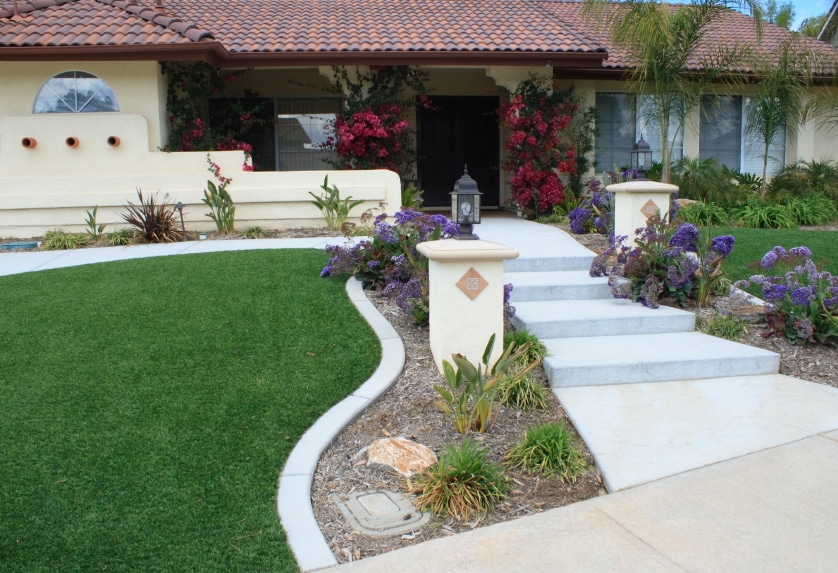
The Embarcadero Center, which is either a street or a shopping arcade, stretching above the ground at the level of the 3rd floor, is adjacent to the famous Pier 39- this is a pier that has become a pole of attraction for people, birds and fur seals. The latter simply live here - they lie all day long on the deck chairs that people have built for them, despite the fact that curious people are crowding on the shore all the time, and in principle, no one has canceled navigation. Of course, it is precisely in the area of the pier that it is limited - do not crush the peaceful marine inhabitants who themselves settled here, and besides, they are not averse to sometimes arranging demonstration performances for onlookers.
“This is very interesting, very touching,” Olga Smirnova shares her impressions. “Seals are not only not afraid of people, they also constantly put on shows, using people as spectators. they bask in the sun. The closer, the more activity: they swim, do somersaults, bully each other.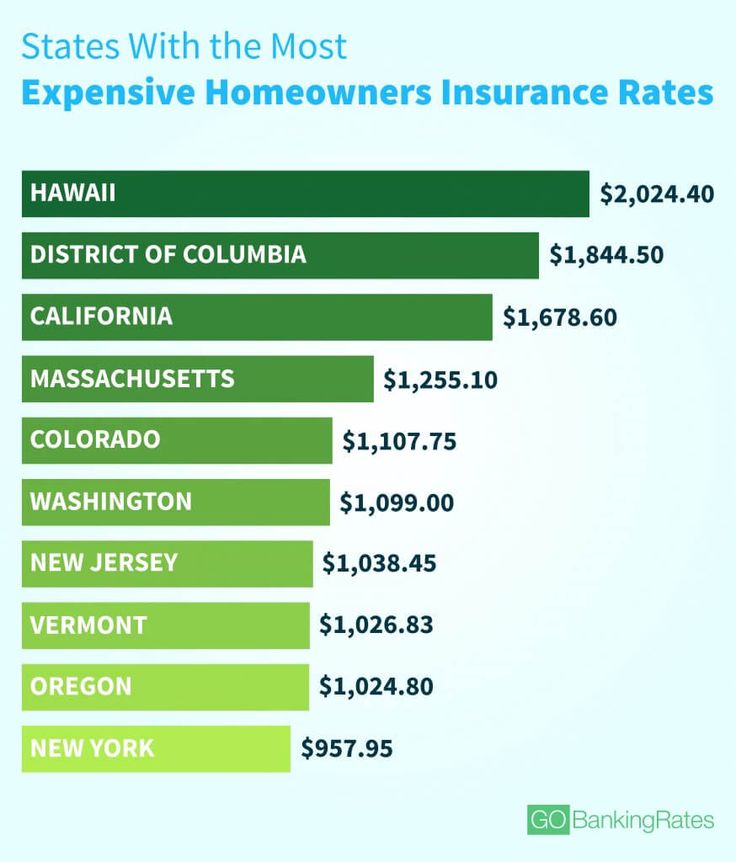 The entire coastal business is built on these seals. Restaurants, cafes, attractions, shops, up to jewelry, the fish market - you can spend the whole day there. At the same time, the comfort of vacationers was taken care of in advance - there is a multi-storey car park at the entrance, there are no problems with toilets, signs with useful and interesting information about the history of San Francisco, the pier, about seals, about birds ... Birds, by the way, - smiles Olga Fedorovna, - are huge, gluttonous and arrogant! They literally beg for food. I had to give my hot dog to one such bird."
The entire coastal business is built on these seals. Restaurants, cafes, attractions, shops, up to jewelry, the fish market - you can spend the whole day there. At the same time, the comfort of vacationers was taken care of in advance - there is a multi-storey car park at the entrance, there are no problems with toilets, signs with useful and interesting information about the history of San Francisco, the pier, about seals, about birds ... Birds, by the way, - smiles Olga Fedorovna, - are huge, gluttonous and arrogant! They literally beg for food. I had to give my hot dog to one such bird."
Olga Smirnova is a landscape architect, and therefore she was very interested in the Golden Gate Park, which is located not far from the bridge of the same name. Golden Gate Park was designed in 1871 by a young architect, just 24 years old, William Hammond Hill. He turned 1,017 acres of sand dunes into the world's largest urban park. Its main pride is the greenhouse, built in the Victorian style in 1879. True, neither the greenhouse nor the decoration of the park itself impressed the visitor from Krasnoyarsk.
True, neither the greenhouse nor the decoration of the park itself impressed the visitor from Krasnoyarsk.
“I have been to parks in different countries,” explains Olga Fedorovna, “and I can say that no one else has been able to achieve such a level of gardening art as the British have achieved. Golden Gate is a large park, an interesting park, a lot of exotic, but nothing I didn’t see anything special in terms of landscape design. Moreover, it seemed to me that the park was a little neglected - yellow leaves, shrubs that had not been cut for a long time ... Perhaps, I liked only the Japanese garden - Japanese Tea Garden with a pagoda and a footbridge in the shape of a horseshoe. "
However, for the Californians themselves, this San Francisco is also a city from postcards. And to learn about the real life of Americans, or rather, Californians, wandering through places of worship, it will not work. To do this, you need to go beyond its borders and settle at least for a couple of days in the suburbs. For example, in the town of San Ramon, which is a hundred kilometers southwest.
For example, in the town of San Ramon, which is a hundred kilometers southwest.
Suburbian as a way of life
Living in the suburbs, working in the city - a formula that we are just getting used to, has long become the norm in the United States. For example, San Ramon is a typical American town, one of many scattered across the California hills. It looks small, it accommodates 100,000 residents who settled in neat standard two-story houses, which are organized in a "community" - a kind of analogue of our quarters, in which there are from 10 to 15 houses.
The community is a rather convenient form of site planning, Olga Smirnova believes. It is known in advance which house will be located on a particular plot, how the landscaping will be done, the plots are completely ready for construction in terms of engineering infrastructure. No amateur performances are allowed, and this is not necessary - communities that are uniform in style look much nicer and neater than the pretentious variegated buildings that are found on the entrances to large Russian cities.
“The most striking thing is that roads are first built here,” said Olga Smirnova, who was visiting her brother in San Ramon. “Not makeshift, but full-fledged roads, 4 lanes in one direction and the other, with a good canvas, markings, signs, traffic lights. Such it turns out to be a phantasmagoria - I rode around the neighborhood on a bicycle, and in one place the road ends, just a road to nowhere. At the same time, there is already a pedestrian crossing and a sign "Caution, children"! And all this in an open field, because the houses have not yet been built" .
Another distinguishing feature of the American suburb (in English - suburb) - a huge undeveloped space. Local construction companies do not save space by leaving large chunks of land free of buildings. Let's say a school, one for several communities, always stands in the middle of such a wasteland planted with greenery.
But plots for personal use in California are allocated very small, and they are only for rent, so that the owners of the house would not be tempted to somehow stand out among their neighbors in a special way and spoil the overall look of the community.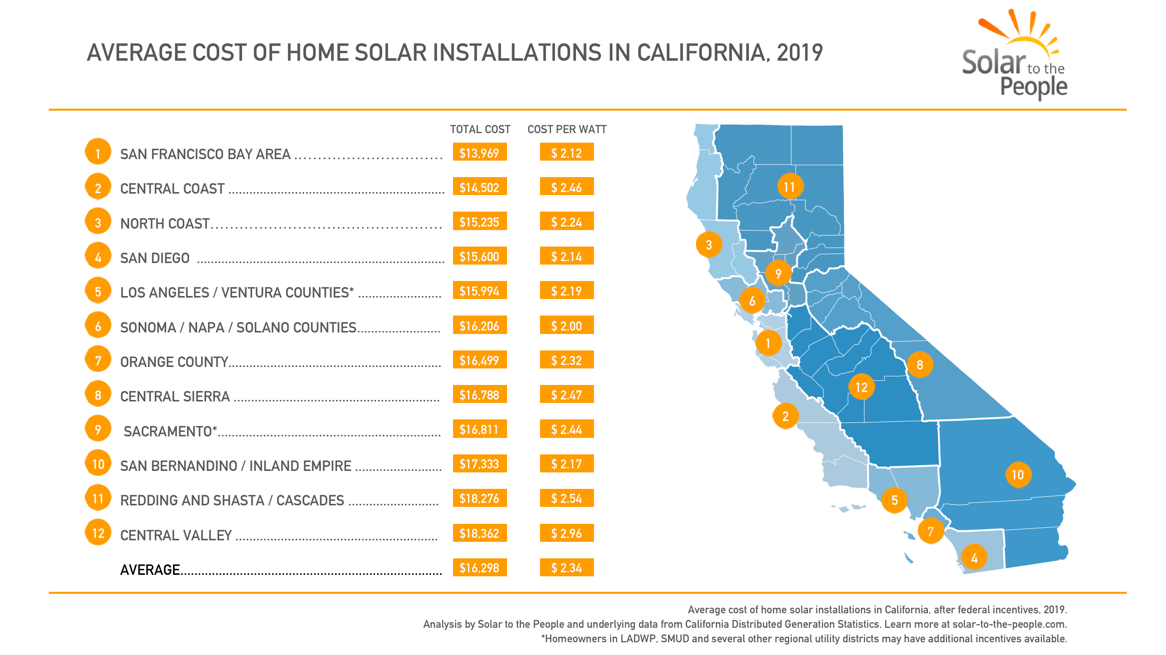 As for landscape design, you will have to tinker with it: first of all, residents are provided with a plump volume of documents prohibiting planting certain plants. Some are too high and can become a threat during a hurricane, others have an unpleasant smell, others have some other flaws ...
As for landscape design, you will have to tinker with it: first of all, residents are provided with a plump volume of documents prohibiting planting certain plants. Some are too high and can become a threat during a hurricane, others have an unpleasant smell, others have some other flaws ...
Nevertheless, San Ramon is literally immersed in greenery. “It struck me,” Olga Smirnova admits. “There is such a climate that even in the spring something blooms, turns green, and in the summer it burns out in the sun and turns into a desert. So, the Americans turn this desert into an oasis, a flowering garden, planting trees and shrubs in every corner , every piece of land, and quite successfully. Perhaps that is why it is so wonderful to breathe here. Despite the fact that everyone travels only by car, I was surprised how clean the air in this city is - it is simply impossible for them to breathe, it has such a bouquet of aromas of flowers, herbs , foliage of trees. And the exhaust is not felt at all - Americans use only well-purified gasoline, which practically does not poison the air.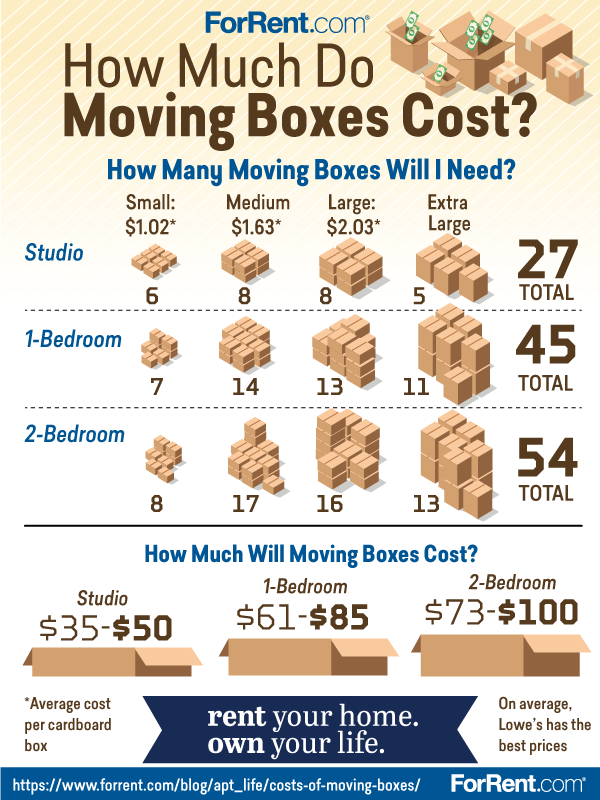 "
"
Indeed, San Ramon was even awarded the title of the most environmentally friendly city in California in 2007, and that is why it is considered the most popular suburb of San Francisco, which is constantly growing with new community quarters.
A feature of such cities is that within the quarters themselves there are no social facilities at all - shops, pharmacies, medical offices. Everything that is necessary for life can be purchased by going to the pier - the central part of the city. Here, on a huge square, all social and cultural facilities are concentrated - from cafes and hairdressers to museums and theaters. The pier is a rather isolated area, and a trip to the center is always an event for the family. Therefore, it is designed so that people can spend as much time here as their heart desires.
Tired of wandering around the salons and boutiques, you can sit down and relax on the benches and sofas placed along the shopping galleries. Or sit at a table in a street cafe, set on the bank of an artificial pond, where fish and waterfowl live. The pond is the main decoration of the pier: impressive in area and peculiar in shape, it is decorated with natural and artificial boulders forming islands, fountains, compositions of lush flowering vegetation.
The pond is the main decoration of the pier: impressive in area and peculiar in shape, it is decorated with natural and artificial boulders forming islands, fountains, compositions of lush flowering vegetation.
“As an architect, it was interesting for me to study how everything is done here,” says Olga Fedorovna. “If you take a closer look, it becomes clear that all this is the work of man, although it looks very natural. but the way it is done inspires deep respect: cascades, sculptural compositions hovering over the water, moss and algae washed ashore - when you walk along the paths along the pond and the bridges, you get the impression that this is a river or a canal, of which there are many in the old European cities.
Life in such a cozy place, according to Olga Smirnova, resembles paradise. Because a person is inscribed here in conditions that are as comfortable as possible for the soul and body. The view is enjoying the hilly California landscape. You can breathe deeply, inhaling natural aromas, not urban smog.